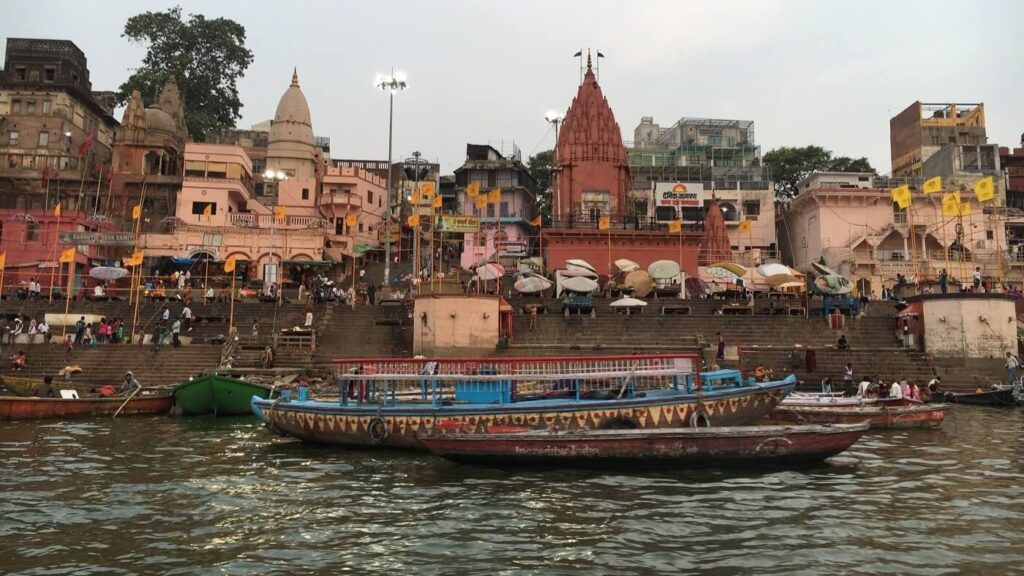Nestled beside the holy Ganges River in the center of India sits Varanasi, a city with a history that is as ancient as time itself. Varanasi is considered by spirituality to be the home of the gods, making it one of the most sacred locations in India. Traveling to Varanasi is considered a pilgrimage by Hindus, who view it as a necessary desire to bathe in the sacred Ganga and purify their bodies and souls.
Traditionally, Varanasi is also a final destination for Hindus, where last rites and cremations take place. An unusual feature of India is the cremation ghat 24-hour operation, allowing for ceremonies even after sunset. believing the river’s flow will carry the souls to Varanasi.
We left Delhi early in the morning for this historic city, taking advantage of the convenient and reasonably priced overnight rail service. I chose an A/C first-class cabin for myself and my four-year-old daughter, which offered a cozy and safe place. Flights from major cities, including an international airport for travelers from Nepal, link to Varanasi, making it easily reachable by air as well.
When we arrived in Varanasi early in the morning, a representative met us at the railway station and showed us the way to our vehicle and, ultimately, our riverfront hotel in the ancient city. It is recommended to stay in the ancient city because there are many luxurious and affordable lodging options on the river ghat.
Our travels took us to Sarnath, the site of Gautam Buddha’s first sermon. Visits to the Chaukhandi Stupa, Dhamek Stupa, the Statue of Standing Buddha, and the Sarnath Museum were all part of the Sarnath experience. We returned to Varanasi after a short trip, and before exploring the city’s rich silk culture, we had a brief lunch in the cantonment area.
The age-old skill of weaving Banarasi silk is what makes Varanasi, also known as Banaras. The complex process of producing silk was revealed during a visit to a weaver’s colony, where families have been keeping their weaving techniques a secret for generations. Small rooms with doors that led to specialized artisans’ demonstration areas provided a chance to buy real silk goods.
As the temple tour progressed, we visited the famous Vishwanath Temple, Banaras Hindu University, and Bharat Mata ka Mandir. We experienced the vibrant street life, sampled local cuisine, and fully immersed ourselves in the real Banarasi experience as we traveled through the old city’s streets.
The magical evening aarti at Dashashwamedh Ghat, a captivating display of chants, music, and celebration against the backdrop of the Ganges.
Our journey’s high point was an early-morning boat ride the next morning. Our private boat ride on the Ganges was peaceful as we passed by famous ghats and our guide explained their historical significance. Local customs, such as families taking a morning swim or kids swimming, created a vivid picture of life by the river.
We disembarked at Assi Ghat as the sun rose, exploring the market, watching yoga classes, and sipping cool lemon tea. Seeing a wrestling school gave me an understanding of the disciplined way of life and training that young wrestlers follow.
After a traditional breakfast of hot jalebis and Sabzi Kachori, we said goodbye to Varanasi and headed to the airport. Varanasi retained all of its charm. Even though we were able to see the most of the city in one day, it is best to spread out your exploration over two days. For visitors in the future, October through March is the best time to witness Varanasi’s enchantment, with November through February being the busiest months.


Pingback: Travel to India
Pingback: Khajuraho- The city of Temples